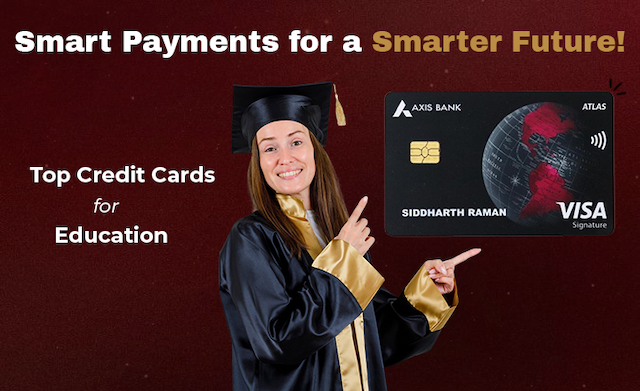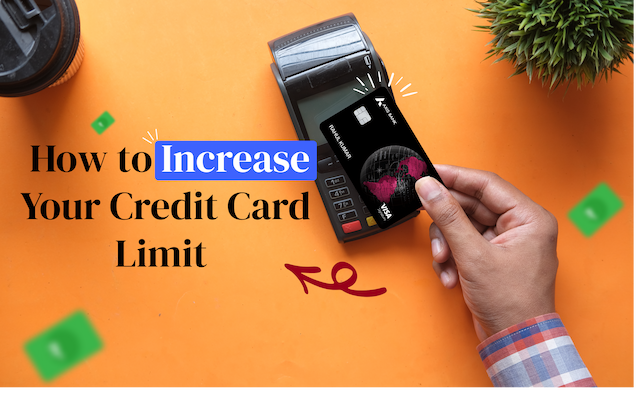No-Cost EMI on Credit Cards: A Complete Guide
Introduction
In the rapidly evolving landscape of Indian e-commerce and retail, No-Cost EMI has emerged as one of the most appealing payment options for consumers looking to purchase high-value items without bearing the burden of interest charges. This financing option has revolutionized how Indians shop for electronics, appliances, furniture, and other big-ticket items. Whether you're eyeing the latest iPhone, a refrigerator, or planning to upgrade your home entertainment system, No-Cost EMI schemes on credit cards offer a way to distribute the financial impact over time without additional costs or so the marketing suggests.
What Is No-Cost EMI?
No-Cost EMI (Equated Monthly Installment) is a payment option that allows credit card holders to convert their high-value purchases into equal monthly installments without incurring any additional interest charges. In a standard EMI conversion, you would typically pay the principal amount plus interest over the selected tenure. However, with No-Cost EMI, the effective interest component is eliminated, making it appear as if you're paying only the product's listed price, divided equally across several months.
For example, if you purchase a smartphone worth ₹60,000 on a 6-month No-Cost EMI plan, you would pay ₹10,000 per month for six months, totaling exactly ₹60,000 no more, no less. But, there’s some catch. Let’s find out more about it.
How Does No-Cost EMI Work?
The term "No-Cost" might suggest that there's no additional expense involved, but the reality is more nuanced. Here's how No-Cost EMI typically works:
1. Interest Subvention
The most common mechanism involves what's called "interest subvention". In this arrangement:
- The bank calculates the standard interest that would apply to your EMI (typically 12-15% per annum).
- The merchant absorbs this interest component by offering an equivalent discount on the product.
- The customer ends up paying only the original price, divided into equal installments.
For instance, if a laptop costs ₹90,000, the merchant might actually price it at ₹97,200 (including potential interest of ₹7,200 for a 12-month EMI plan). But they would offer a discount of ₹7,200, bringing the price back to ₹90,000. The customer pays ₹7,500 per month for 12 months, totaling ₹90,000.
2. Processing Fee and GST
While the interest component is adjusted, most No-Cost EMI transactions still involve a processing fee (typically between ₹100 to ₹500) and GST on the interest amount (18% currently).
For example, on a ₹50,000 purchase with an effective interest amount of ₹3,000 (which is subsidized by the merchant), you might still pay ₹540 as GST on this interest (18% of ₹3,000) plus a processing fee of ₹200.
Real-World Example of No-Cost EMI
Let's walk through a detailed example to understand how No-Cost EMI works when purchasing a popular item:
Scenario: You decide to purchase a new 55-inch Smart TV from a leading e-commerce platform during their annual sale.
- MRP of the TV: ₹75,000
- Sale Price: ₹65,000
- No-Cost EMI option: Available for 6, 9, and 12-month tenures
If you choose the 9-month No-Cost EMI plan:
- Behind the scenes calculation:
- Effective interest rate: 14% per annum
- Interest amount for 9 months: Approximately ₹4,550
- Processing fee: ₹199
- GST on interest: ₹819 (18% of ₹4,550)
- What happens at checkout:
- The e-commerce platform offers a special discount/cashback of ₹4,550 to offset the interest
- Your credit card is charged for ₹65,000
- The EMI conversion shows 9 installments of ₹7,222 each (₹65,000 ÷ 9)
- You pay a one-time processing fee of ₹199 + GST on interest ₹819 = ₹1,018
- What appears on your credit card statement:
- First month: EMI amount ₹7,222 + one-time charges ₹1,018 = ₹8,240
- Subsequent 8 months: ₹7,222 per month
- Total payment: ₹65,000 (product price) + ₹1,018 (fees and taxes) = ₹66,018
In this example, while marketed as "No-Cost," you still end up paying ₹1,018 extra. However, compared to a regular EMI plan where you would have paid the full interest amount of ₹4,550 plus taxes, the No-Cost option is significantly more economical.
Advantages of No-Cost EMI
- Improved Cash Flow Management
No-Cost EMI helps you maintain your cash flow while purchasing essential items. Rather than draining ₹60,000 from your savings for a new appliance, you can split the payment into 6 months of ₹10,000 each, preserving your fund.
- Ability to Afford Premium Products
This payment method democratizes access to higher-quality products that might otherwise be out of immediate reach. For instance, instead of settling for a ₹25,000 basic laptop, you might be able to afford a ₹50,000 model with better specifications by opting for a 10-month No-Cost EMI plan at ₹5,000 per month.
- No Real Interest Cost (Mostly)
Unlike personal loans or regular credit card EMI conversions that charge 12-48% interest, the effective interest cost in No-Cost EMI is subsidized, making it a significantly cheaper financing option.
- Credit Card Rewards
Many credit cards continue to offer reward points even on No-Cost EMI transactions. For example, if your HDFC credit card offers 2 reward points per ₹150 spent, a ₹60,000 purchase could still earn you 800 reward points despite being converted to EMI.
- Builds Credit History
Timely payment of these EMIs contributes positively to your credit score, helping build a strong credit profile for future loan requirements.
Limitations and Hidden Costs of No-Cost EMI
- GST on Interest
Even though the interest component is subsidized, you still pay GST (currently 18%) on the notional interest amount. On a ₹1,00,000 purchase with an effective interest of ₹8,000, you would pay ₹1,440 as GST.
- Processing Fees
Most banks charge a one-time processing fee ranging from ₹100 to ₹500 per No-Cost EMI conversion.
- Foregone Discounts
In some cases, merchants might offer higher cash discounts for full payments compared to No-Cost EMI options. For example, a smartphone priced at ₹50,000 might be available at ₹47,000 with a cash discount, but at the full ₹50,000 if purchased via No-Cost EMI.
- Blocked Credit Limit
The entire purchase amount blocks your credit limit for the duration of the EMI tenure, potentially restricting your ability to use the card for other major expenses.
- Prepayment Charges
If you decide to repay the EMI ahead of schedule, many banks charge a prepayment penalty of 2-4% of the outstanding principal amount.
Strategic Tips for Using No-Cost EMI
- Align EMI with Monthly Budget
Choose an EMI tenure that ensures the monthly installment doesn't exceed 10-15% of your monthly income. For instance, if your monthly income is ₹60,000, try to keep your total EMI commitments (including No-Cost EMIs) under ₹9,000.
- Plan for Card Usage
Since No-Cost EMI blocks your credit limit, plan major purchases on cards with higher limits. If you have a ₹2,00,000 limit card and a ₹1,00,000 limit card, use the higher limit card for No-Cost EMI to maintain adequate available credit for daily expenses.
- Compare Across Platforms
The same product might have different No-Cost EMI terms across retailers. For example, an iPhone 14 might be available on 12-month No-Cost EMI on Amazon but only on 9-month No-Cost EMI on Croma.
- Watch for Special Promotions
During festivals like Diwali or special sales, banks often waive processing fees on No-Cost EMI or offer extended tenures. For example, HDFC might offer a special 18-month No-Cost EMI during the Amazon Great Indian Festival instead of the usual maximum of 12 months.
- Read the Fine Print
Always check the exact terms including prepayment charges (typically 2-4% of outstanding amount), any foreclosure fees, exact processing fee amount and GST implications.
Conclusion
No-Cost EMI on credit cards is a handy financial feature that makes your big-ticket items more affordable and doesn’t hit hard on your funds. With a credit card, you get the ease of No-Cost EMI along with plenty of extra perks and rewards like discounts and reward points. Whether you're buying the latest smartphone, a new laptop, or home appliances, No-Cost EMI offers great options to help you manage those big purchases.
At SaveSage, we’re enabling our users to optimise their credit card rewards and loyalty programs! No jargon or confusing statements; just clear, actionable insights when you need them most!
Follow our WhatsApp channel for Smart Credit Card Tips, Offers and other Updates that truly matter.
Join here: https://www.whatsapp.com/channel/0029VawalnzLY6dE2F0k0L3f




.png&w=640&q=75)


